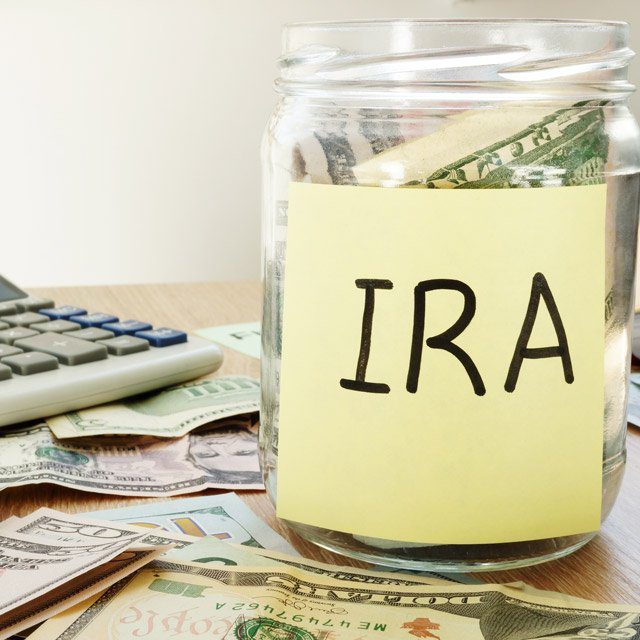The Secure Act Changed Inherited IRA Rules. What's an Advisor to Do?

Look at Your Client’s Withdrawal Strategy
A key point to consider is how IRAs factor into your client’s retirement withdrawal strategy. Are they one of the larger components of their overall retirement assets? In this case, the focus should be on managing distributions from the IRA rather than how they will fit into your client’s estate planning.
Their retirement withdrawal strategy will vary at different points in their retirement. Tapping traditional IRAs might make sense during their early years of retirement, in the “gap” period prior to their claiming Social Security benefits. This is a period when many clients will find themselves in a lower tax bracket, and drawing from traditional IRAs early can reduce the sting of future RMDs.
How Do IRAs Fit Into Your Client’s Estate Planning?
Every client is different in terms of the composition of their assets and their desires for estate planning. With the new rules for inherited IRAs under the Secure Act, leaving traditional IRAs to most non-spousal beneficiaries is not as desirable as it was before this change in the rules.
If your client has significant assets outside of their retirement accounts, focus on how those assets are treated for estate planning purposes. The size of your client’s estate must be considered as well.
For example, if the client has a stock portfolio held in taxable accounts, this might be a better asset to pass on to heirs than traditional IRAs. The step-up in basis rules can reduce or eliminate the impact of embedded capital gains on their heirs.
Assets such as real estate, art and collectibles, or an interest in a business are all viable assets to pass on to the client’s heirs.
Working With the Beneficiaries
It’s always been a good idea for advisors to engage in a family meeting involving their clients and adult children or other adult family members who will benefit from the client’s estate. This can help you understand the family dynamics and the financial situation of the beneficiaries.
This can be a good time to ensure that everyone understands the new inherited IRA rules and why it might make sense to have the client spend down their traditional IRA and/or do a Roth conversion. This is a good time to provide the next generation with thoughts on how they will need to handle an inherited IRA or deal with other inherited assets.
After the death of a client, the beneficiaries may seek your advice on how they should deal with an inherited IRA or other assets. If you’ve gotten to know them and their situation a bit already, you will be in a better position to advise them and perhaps build a client relationship with them.
In other cases where a client has inherited an IRA from a parent or other relative, it’s important to fully understand the new inherited IRA rules and how they affect your client. One scenario might be to have them take a bigger portion of an inherited traditional IRA in years where their income might be lower than normal.
The Secure Act changed the landscape of inherited IRAs as a wealth transfer vehicle. Your clients look to you for the best advice on managing their retirement finances and their estate planning. Be sure you are up to speed on these new rules and how they might factor in your clients’ use of IRAs as an estate planning tool.
Roger Wohlner is a financial writer with over 20 years of industry experience as a financial advisor.




